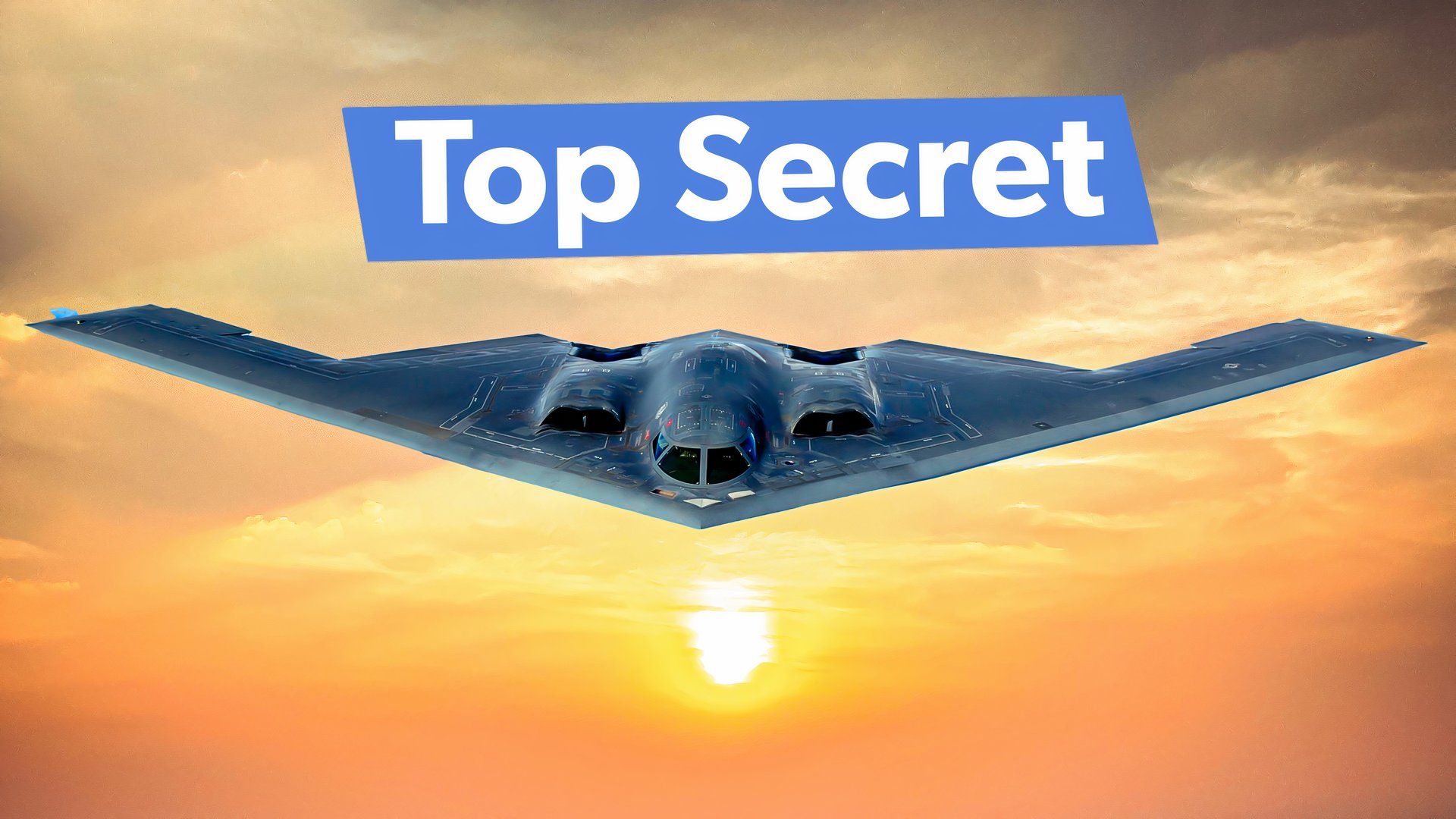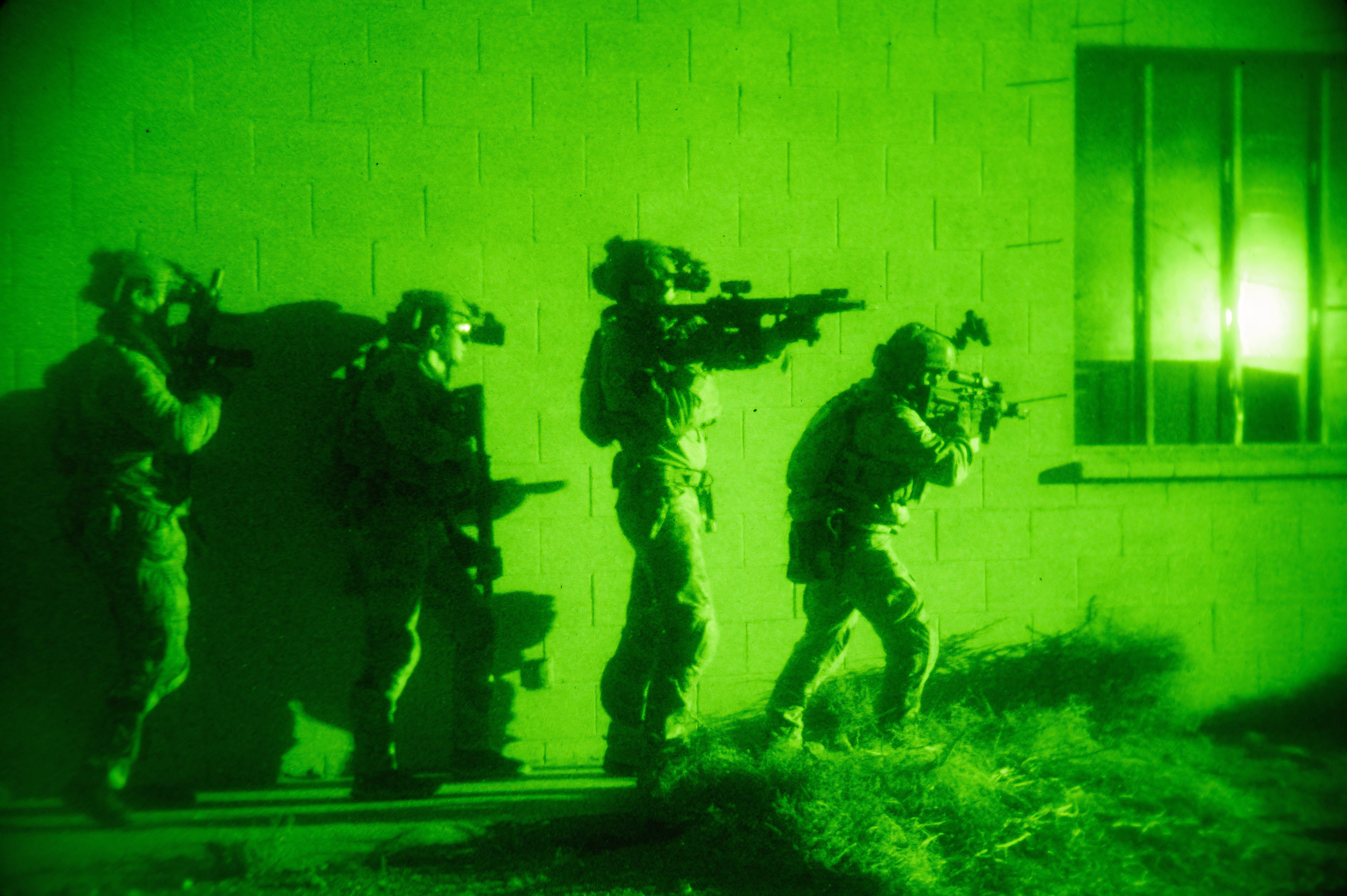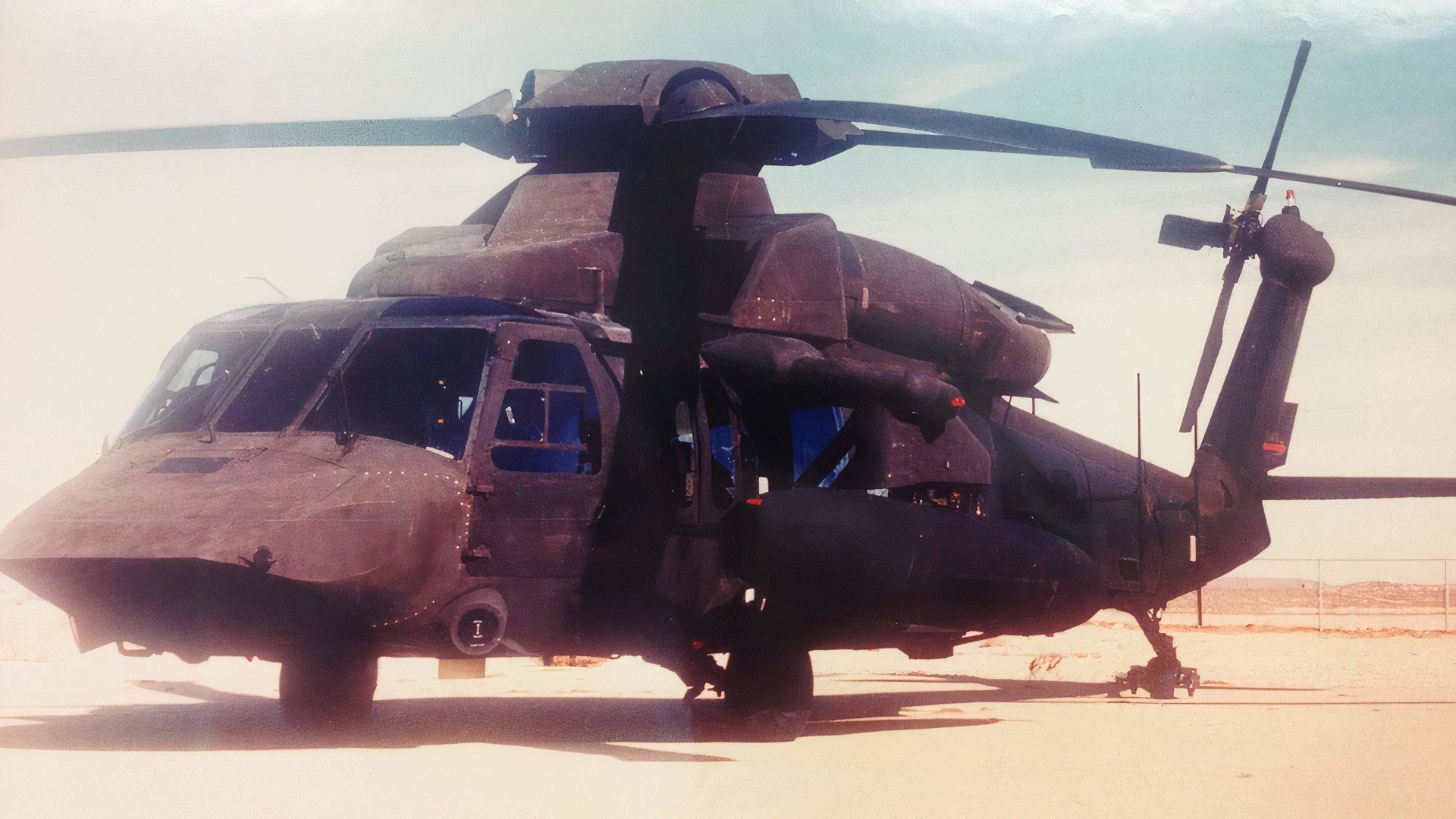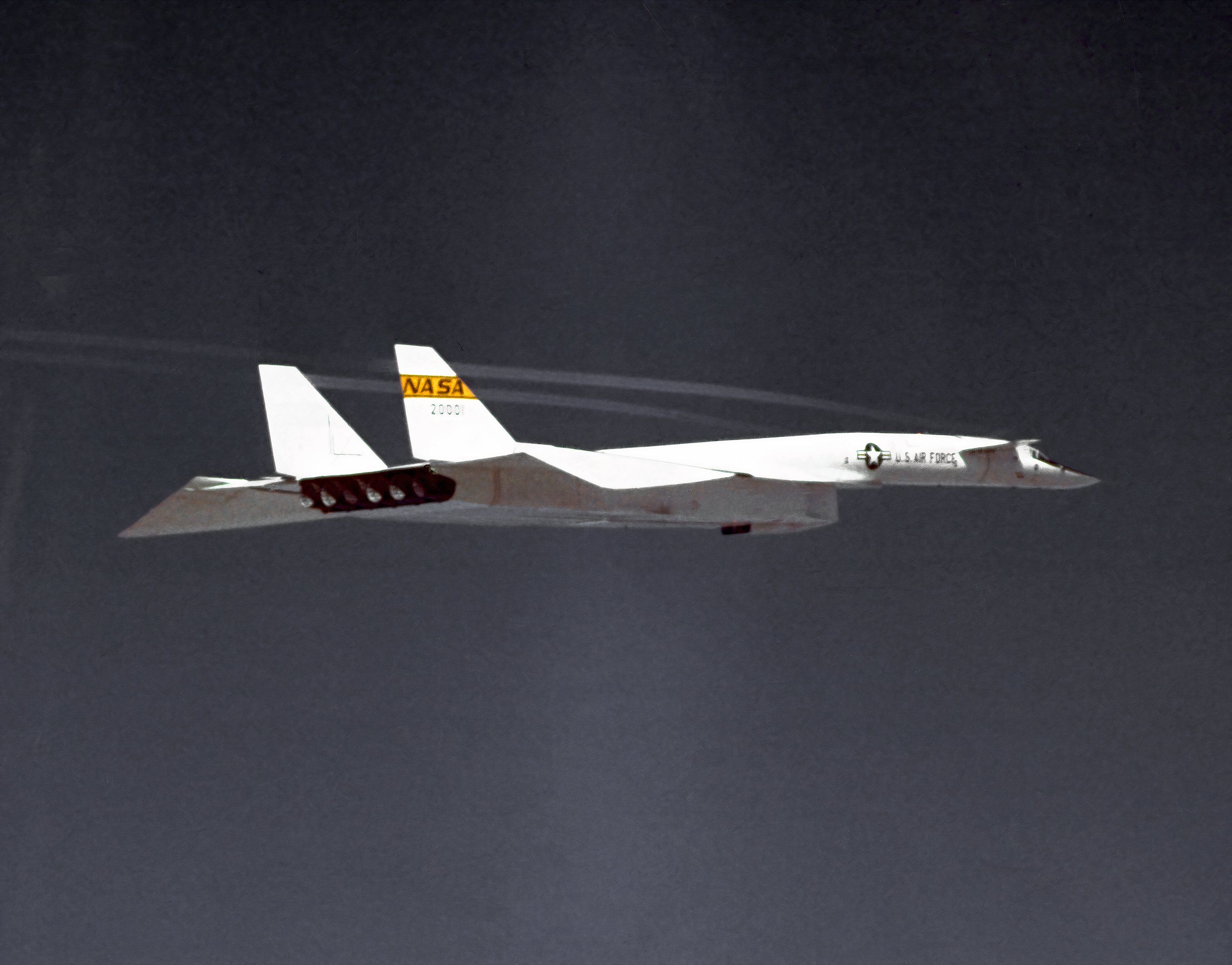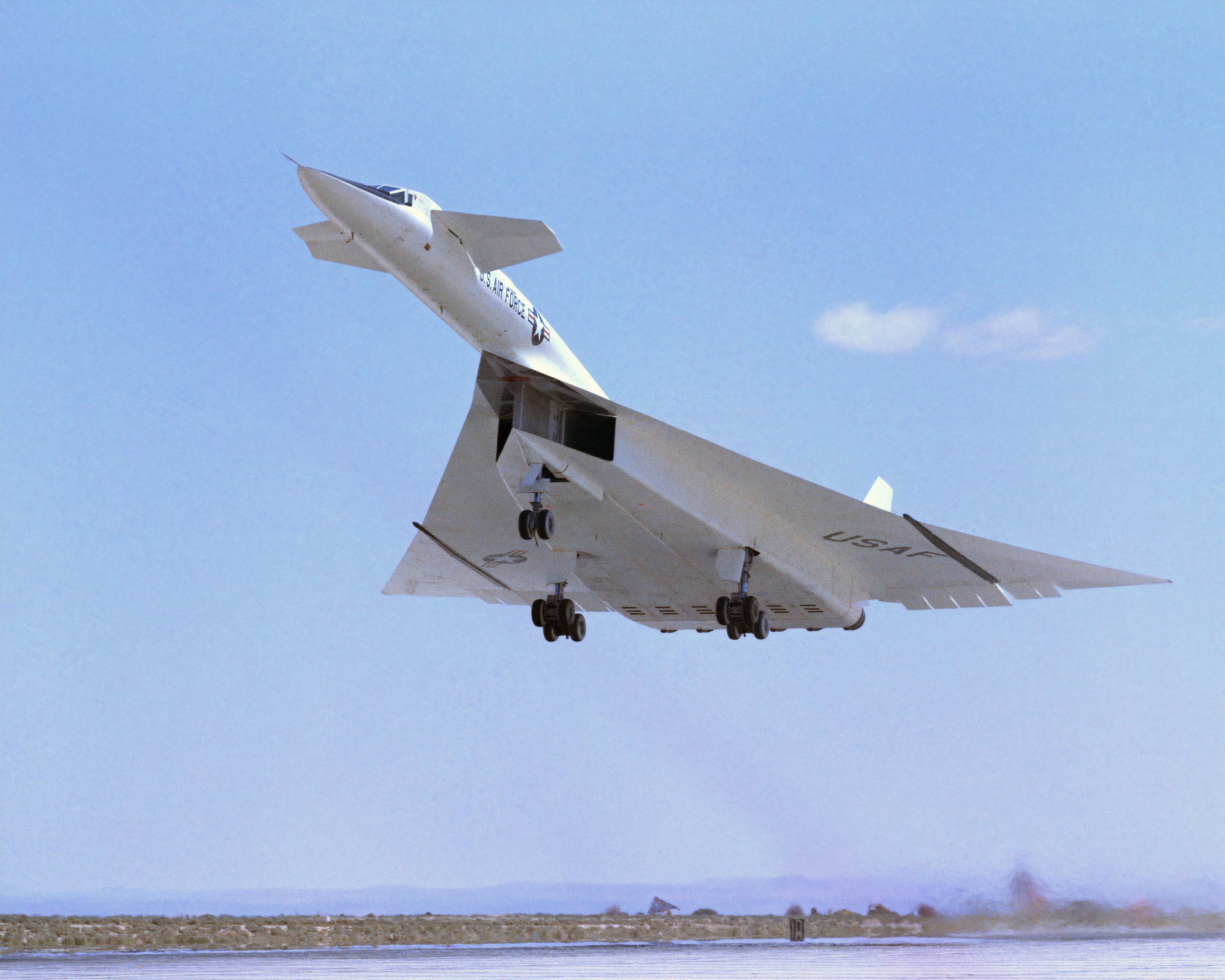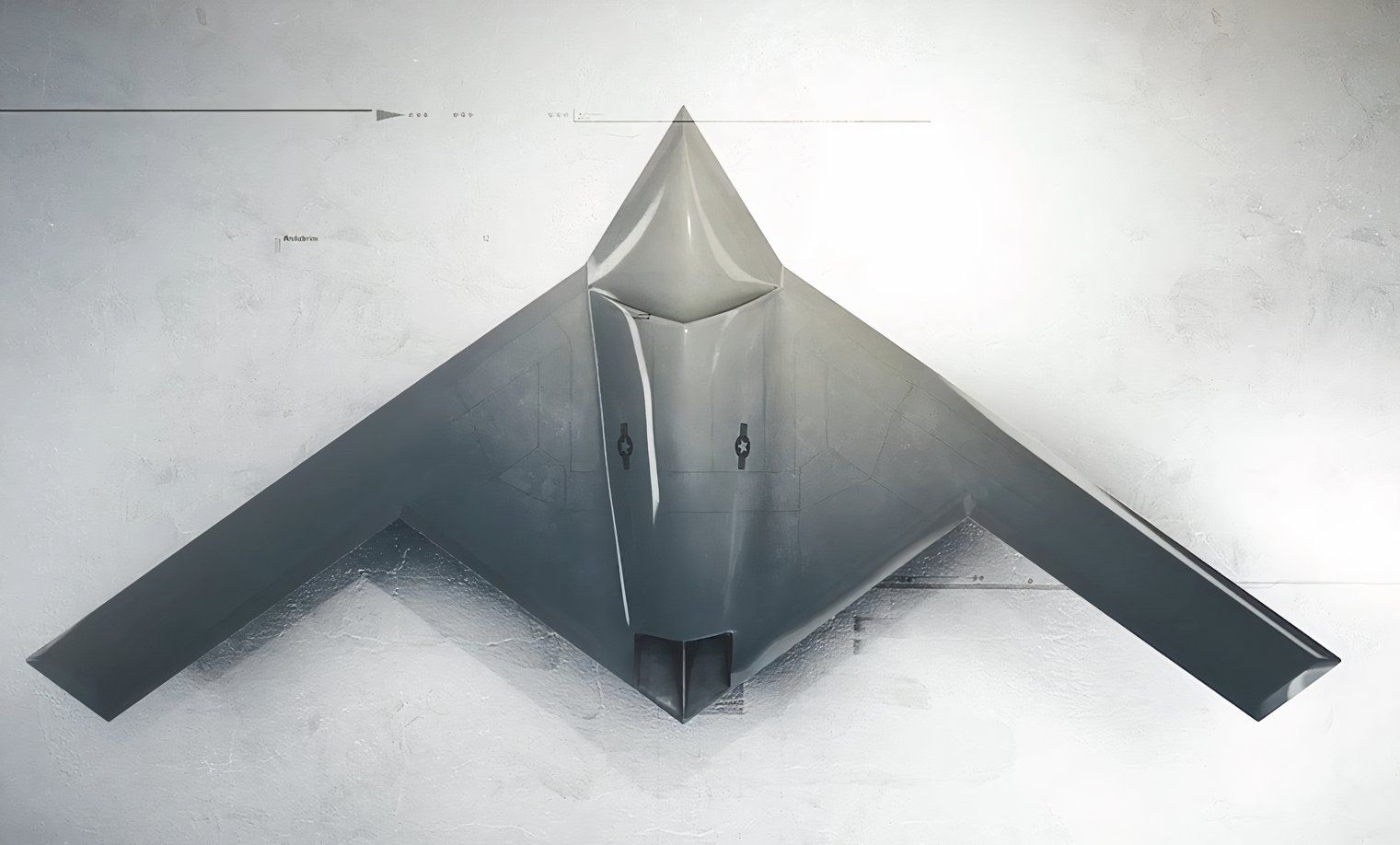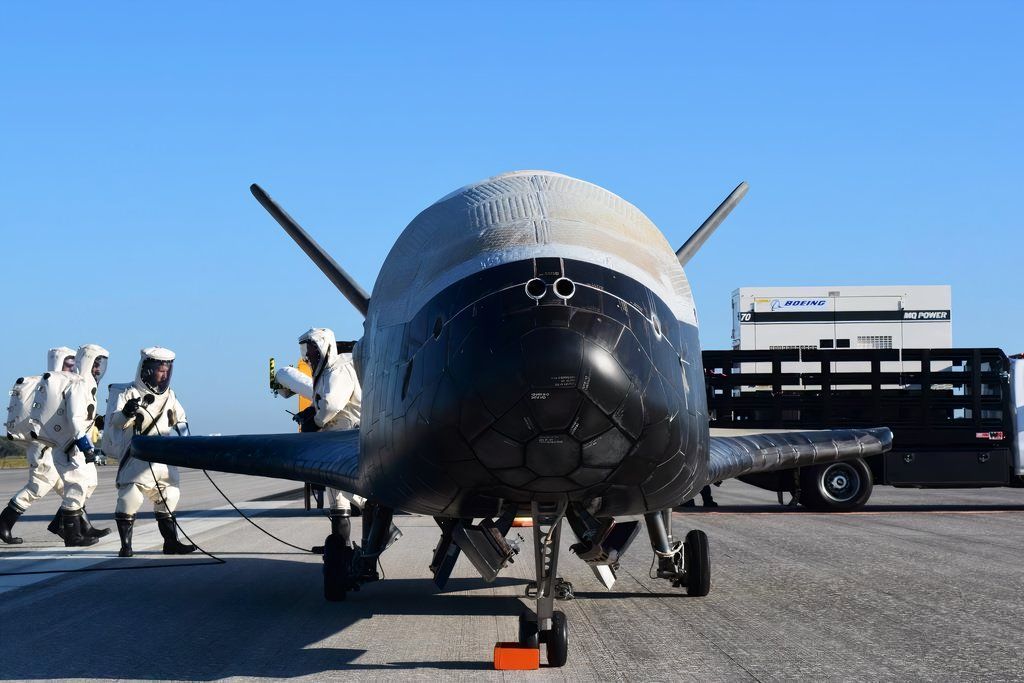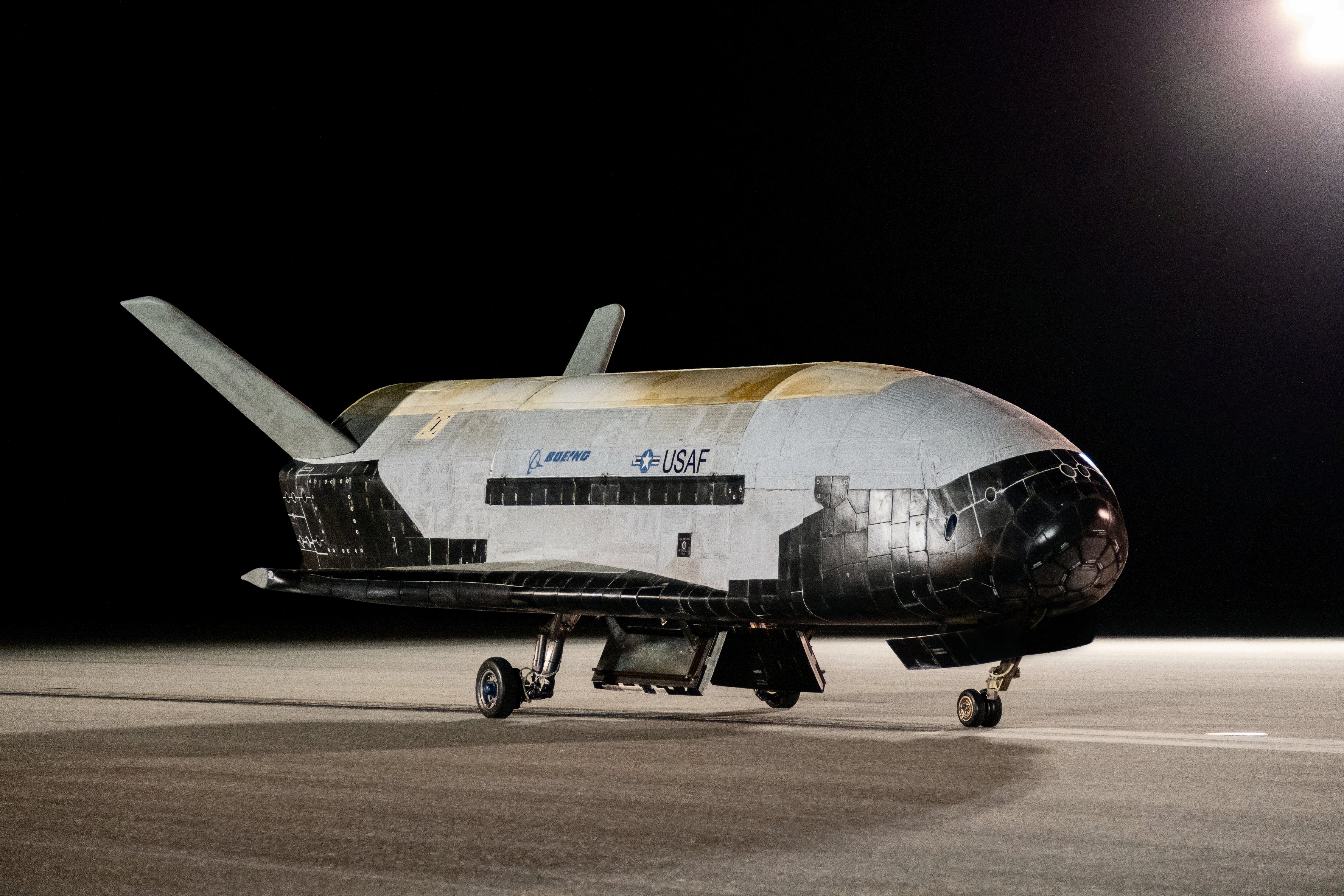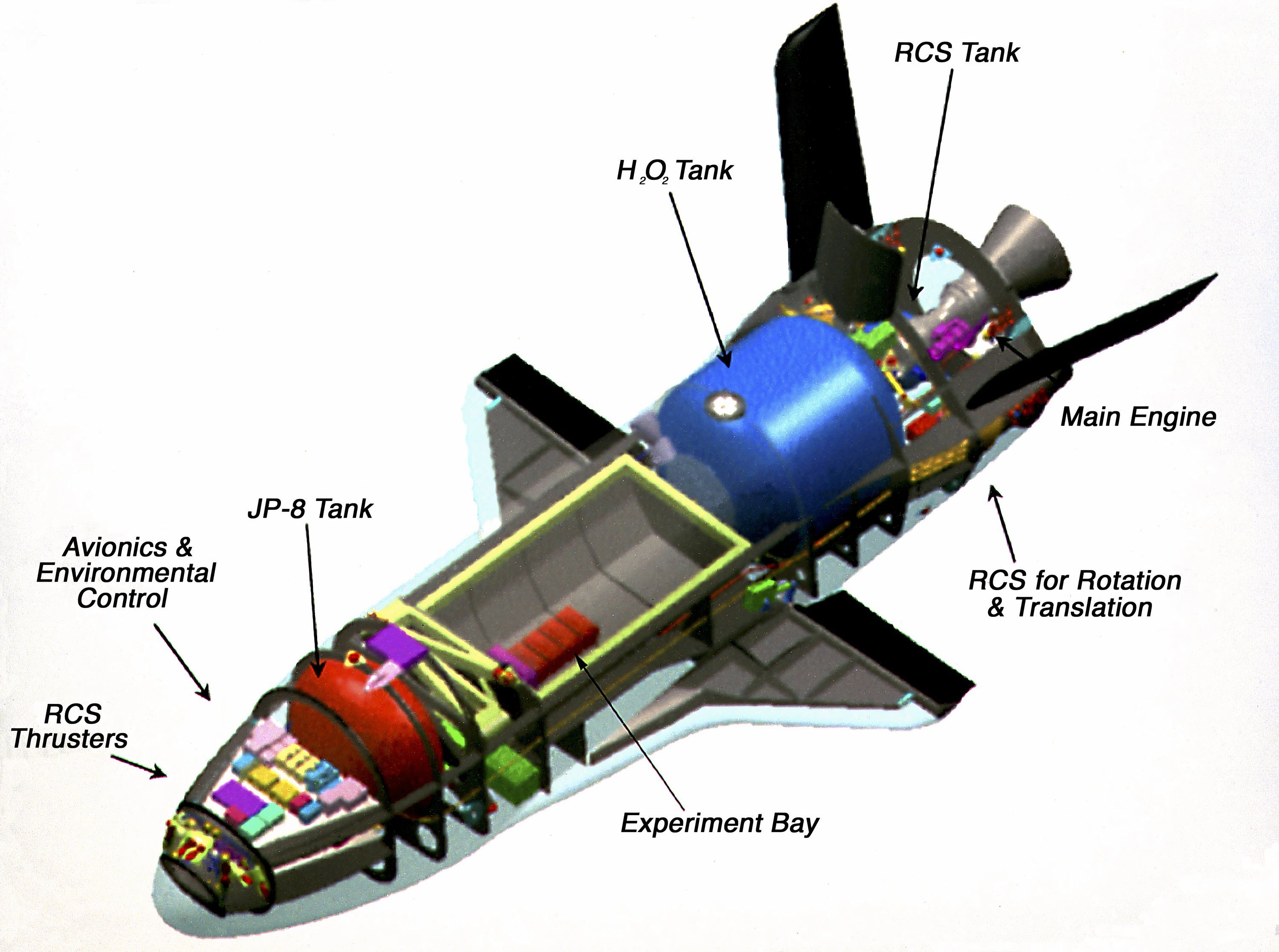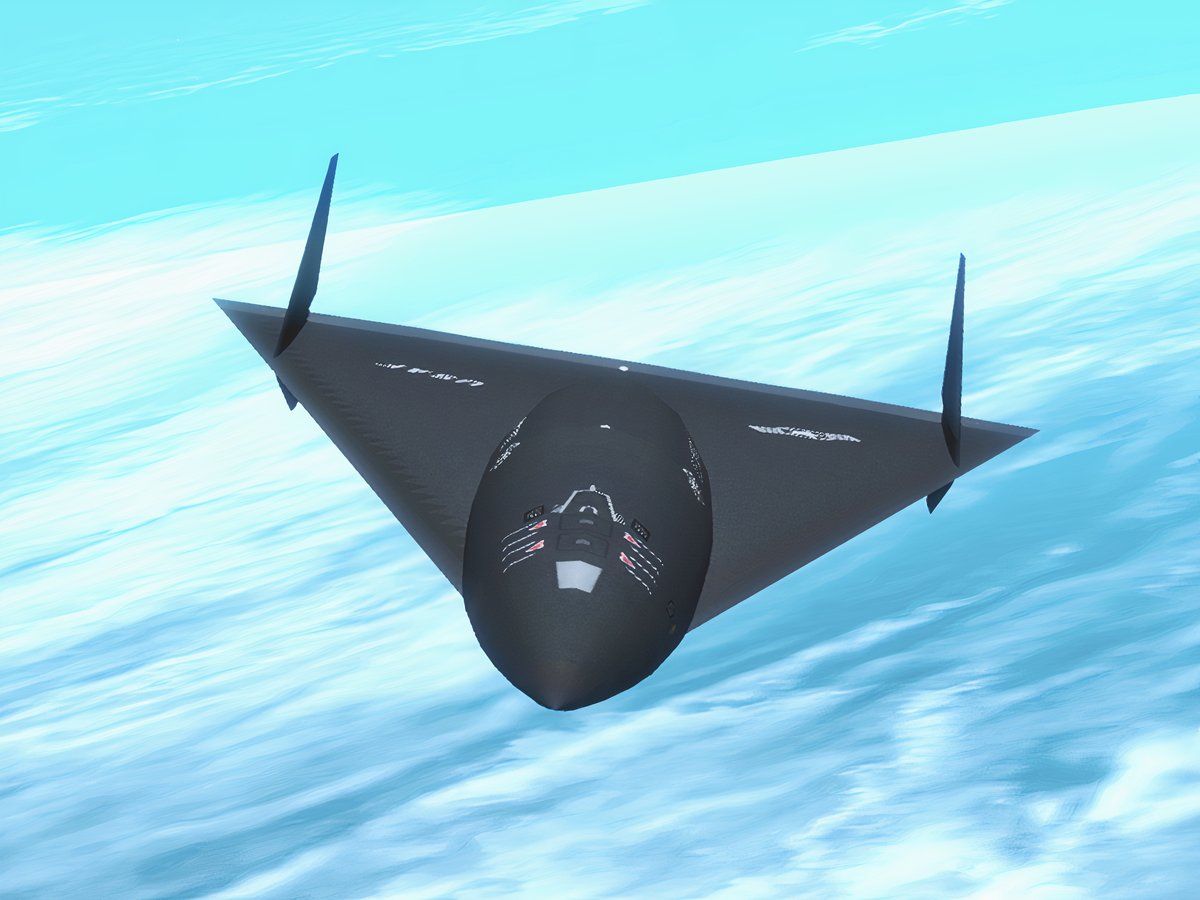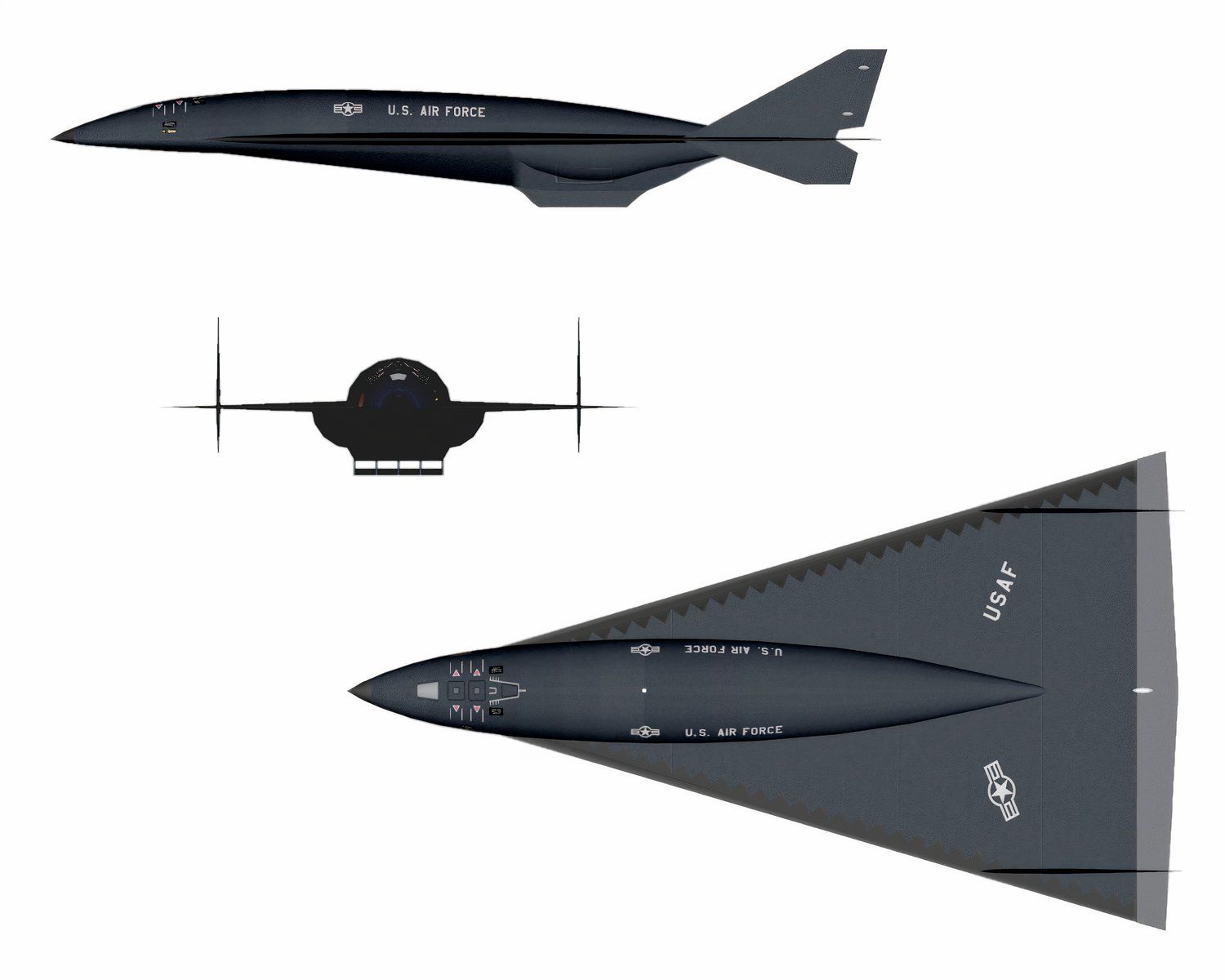It is hard to turn our eyes away from an article or TV program about top-secret government programs or secret agencies, as they captivate our imagination and spurn our interest. This article looks at five aircraft with very few details surrounding their existence, including aircraft that are only rumored to exist. The truth is out there!
1
Stealth Blackhawk
Operation Neptune Spear took effect in the dark, early morning hours of May 2, 2011. During this operation, a small team of Seal Team Six operatives was inserted into a compound in the Pakistani city of Abbottabad. The entire raid lasted 40 minutes, with the end result being the killing of Osama bin Laden and four other adults.
When the smoke cleared, details of the raid led to more questions than answers. Among them revolved around the aircraft used in the raid. Helicopters are a favored method of clandestine insertion and extraction for America’s special operations forces. Their speed, maneuverability, and versatility offer the ideal platform for surgical missions.
Photo: U.S. Navy
During Operation Neptune Spear, one of the two helicopters crashed. While the Seals were able to destroy most of the helicopters, the tail section remained. The image of the tail section would ignite great interest, as it was not a typical Blackhawk —some say it was not a Blackhawk at all.
Experts at Janes state:
“…aspects of its design do not tally with the generally held belief that Sikorsky MH/UH-60 Black Hawk-type helicopters were used in the mission. Specifically, the tail rotor of the crashed helicopter has a five-bladed assembly, whereas the Black Hawk tail rotor has four blades. Also, where the Black Hawk’s vertical tail section tapers towards the top, the helicopter lost in the raid has a vertical tailplane than has an even chord from top to bottom capped off with what appears to be a large aerodynamic surface.”
The image above is regarded to be an early version of the stealth Blackhawk used in the Bin Laden raid.
Additional details were brought to light, such as the helicopter’s smooth, apparent radar-absorbing surface (no exposed rivet heads) and the fact that the gearbox and other component parts are covered. Intricate parts, in addition to their shape, generally make helicopters easy to spot on radar.
While it is impossible to know what the rest of the chopper looked like, some artists and enthusiasts envisaged a rotorcraft version of the M-117 Nighthawk. What is known, however, is that the two stealth or modified low-observable helicopters slipped into Pakistan undetected.
According to former Pakistani Foreign Secretary, Bashir:
“Our radars were evaded. As soon as the relevant authorities came to know of this particular matter, this was at a time when one of their helicopters crashed or malfunctioned or was destroyed…”
Does the US military have a small fleet of stealth helicopters for operating off-the-books and within the sovereign territory of other states?
2
Blackstar
In 2006, Aviation Week & Space Technology ran a story on a secret United States orbital spaceplane system. In the article, Aviation Week stated that the program had been underway since at least the early 1990s.
The author used pictures of the XB-70, as this spaceplane was reportedly similar in appearance to the Blackstar.
The raison d’être of this secret program, reportedly named “Blackstar,” would be to retain orbital reconnaissance capabilities, which were jeopardized in the aftermath of the 1986 Challenger disaster.
The Aviation Week article also stated that the US Air Force’s Space Command was unaware of the Blackstar program, insinuating that it was under the aegis of the National Reconnaissance Office.
According to Space Works Inc. (an engineering company based in Atlanta, Georgia, specializing in early phase design of advanced aerospace systems, mission analysis, system design, and rapid prototyping), the Blackstar:
“…two-stage to orbit launch vehicle system consists of an “XB-70 like” large airbreathing engine powered supersonic aircraft boost state, carrying an underslung “boost-glide” fashioned upper state vehicle. The boost aircraft is referred to as the SR-3 and the upper stage as a “spaceplane” or XOV ( for experimental orbital vehicle). The SR-3 aircraft features a clipped delta wing with vertical tails at its extremity, and an extended fuselage. Shown as the powerplant is a set of supersonic air intakes, an extended flowpath and a set of either six, or four exhaust ports”.
In terms of military applications, a spaceplane such as Blackstar could conduct high-altitude orbital reconnaissance over foreign locations of high interest. These missions would have a very low risk of being engaged by terrestrial air defense systems.
It has been theorized that the Blackstar could be used to place small satellites in orbit, retrieve them, launch nuclear weapons from orbit or serve as a platform for orbit-to-ground hypervelocity weapons.
3
The mysterious RQ-180 drone
The RQ-180 is a high-altitude, long-endurance reconnaissance
drone
believed to have been developed by northrop grumman
, under a secret US Air Force program. However, neither the aircraft nor the program has been officially recognized by the Air Force.
Still, the RQ-180 is more than a rumor. As the Congressional Research Service stated in their 2022 “Unmanned Aircraft Systems: Current and Potential Programs” report:
On June 9, 2014, Lieutenant General Robert Otto, the former Air Force Deputy Chief of Staff for Intelligence, Surveillance and Reconnaissance, said the Air Force was “working on the RQ-180 remotely piloted aircraft to give it better access to contested airspace, where the unmanned RQ-4 Global Hawk and manned U-2S platforms are vulnerable.” Few other details regarding the RQ-180 have been publicly released, and the Air Force has not officially acknowledged the program.
The above image is an artist’s rendering of the RQ-180.
Concerning the RQ-180’s capabilities and specifications, the Center for Strategic and International Studies states:
“…the RQ-180 is likely to have the capability to detect nuclear activity given that its predecessor, the RQ-170 Sentinel, is reported to have surveilled Pakistan’s, North Korea’s, and Iran’s nuclear programs. Finally, the RQ-180 is rumored to have 24- hour endurance and a range of 1,200 nautical miles, but it is unknown whether the RQ-180 has an in-flight refueling capability to extend that range.”
At a time when the world is facing multiple crises, the RQ-180 would provide timely intelligence, surveillance, and reconnaissance services and information acquisition. This is particularly true with regard to the activities of Russia and China and their recent joint military training and what this means for the US as both China and Russia have conducted drills near Alaska. Additionally, the RQ-180 can monitor any Chinese preparations for a potential Taiwan invasion scenario and their continued military expansion and modernization efforts.
4
The spacey X-37B
According to Boeing:
“The X-37B is one of the world’s newest and most advanced re-entry spacecraft, designed to operate in low-earth orbit, 150 to 500 miles above the Earth. The vehicle is the first since the Space Shuttle with the ability to return experiments to Earth for further inspection and analysis. This United States Air Force unmanned space vehicle explores reusable vehicle technologies that support long-term space objectives”.
In 1999, the X-37B program was NASA’s baby. However, by 2004, it was transferred to DARPA, which then shuffled it over to the US Air Force in 2006 due to budgetary issues. By April 2014, this intriguing spacecraft had reached the quiet milestone of surpassing 500 days in space.
To maintain its operational status while orbiting the earth, it utilized a retractable solar array deployed from its payload bay. While it was certainly collecting valuable scientific data, a portion of its flight path was quite interesting, as it made multiple daily passes over North Korea and China along its northward apex. As noted by Secure World Foundation, given the secrecy surrounding its on-orbit activities and payload, it almost certainly tested or evaluated hardware belonging to the National Reconnaissance Office.
With an eye to the future, there has been discussion of a larger crewed variant known as the X-37C. Like its predecessor, it could rendezvous, dock, reenter the atmosphere, and land remotely. However, manual operation would also be possible.
X-37B Fast Facts
- The X-37B is an experimental reusable spaceplane. It is very similar to the Shuttle but much smaller, completely robotic, and uses more advanced technologies.
- The X-37B is 29 feet long and has a wingspan of just over 14 feet across. It stands just over 9-1/2 feet tall and weighs nearly 11,000 pounds.
- The Space Shuttle payload bay is 15 feet by 60 feet, large enough to fit two X-37Bs inside.
- X-37B uses its own solar array and lithium-ion batteries to generate power, instead of Shuttle’s fuel cells, a major reason why it can stay in orbit for much longer.
- X-37B is designed to be launched into space on top of a standard space launch vehicle, stay in orbit for up to 270 days, and then re-enter and land like the Shuttle.
- X-37B has thrusters for on-orbit maneuvering and de-orbit but no engines for powered flight in the air—it is a glider in the atmosphere.
- The secrecy surrounding the actual on-orbit activities and payload is almost certainly due to the presence of NRO hardware being tested or evaluated.
5
SR-91 Aurora
In the Lord of the Rings novel, the kind-hearted wizard Gandalf states, “History became legend. Legend became myth.” He was talking about the actual, tangible existence of the “Ring of Power” and its movement from the hand of Sauron (the chief antagonist in the story) and from there to one possessor after another and finally into myth.
Well, something of the opposite has been at work with the SR-91 Aurora. This mythical aircraft or spacecraft seems to have gone from hearsay to sightings and then to a seeming certainty within the aviation enthusiast community. It’s something that a lot of people really want to believe in. Who wouldn’t want there to be a successor to the legendary SR-71 Blackbird?
According to the National Interest, in 1985, two news outlets, the LA Times and the South Florida Sun Sentinel, covered the congressional budget proposal. Referring to the budget, the LA Times stated:
“The document, titled “procurement programs,” indicates that the Defense Department plans to spend $80 million on the Aurora in fiscal 1986, which begins this October, and $2.3 billion in fiscal 1987.”
However, by 1987, the National Defense Authorization Act was submitted to Congress, and the word “Aurora” was stricken from the document, meaning no funding was granted to this proposed program. Could this reference in the LA Times be the match that lit the fire for wider belief in Aurora?
According to Ben Rich, the former head of Lockheed Martin
’s Skunk Works, the “Aurora” program was merely a code-name for the B-2 competition funding, not secret plans for a hypersonic plane. Could this be true, or is it a clever smoke screen to divert the curious eyes of investigative journalists from a truly advanced and secretive aircraft program?
Mysterious occurrences keep the Aurora alive
Yet rumors and sightings have persisted. One of the most tantalizing is the sighting of a triangular aircraft flying above the North Sea in August 1989. This sighting is accredited to Chris Gibson, an oil exploration engineer.
Another piece of circumstantial evidence would be the “sky quakes” above Los Angeles since the 1990s. It is thought that these quakes could be from testing related to a hypersonic plane at Area 51—possibly the SR-91.
Interesting Engineering reported that in 2023, the Groom Lake facility (Area 51) underwent a massive expansion, including new buildings or facilities and longer runways. This has also influenced the SR-91 narrative.
The truth is way out there
It is impossible to know the truth about SR-91, whether it was a program killed in its infancy, ran for a short time as a testing craft, or is still active today. One thing is certain: conspiracies and secret government programs will always be entertaining to discuss and keep us coming back for more. Perhaps David Duchovny could host a Saturday night special on “Aurora” and give us a new perspective.
Photo: Skorzewiak | Shutterstock

